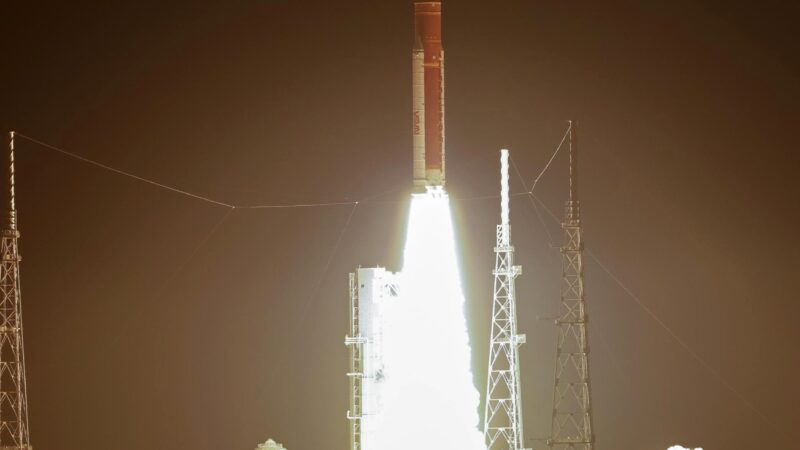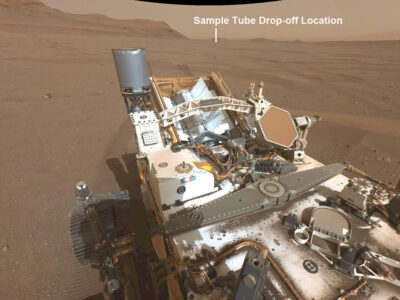UAESA plans to develop SAR satellite system by newly established space fund

The United Arab Emirates plan to establish a radar satellite constellation to support the country’s space sector, with the government committing to spend 3 billion dirhams ($817 million) on space projects.

The new satellite schematic diagram
Prior to this, Abu Dhabi announced the establishment of the National Space Fund on July 17, 2022, through the sponsorship of the Emirate of Dubai, United Arab Emirates, and the endorsement of President Al Nahyan, and Vice President McToom. The initial investment of the fund is to develop and establish a fleet of advanced imagery satellites for the UAE using SAR (Synthetic Aperture Radar) technology.
On July 17, the UAE government announced plans for a SAR satellite system called Sirb (meaning flock of birds in Arabic). The six-year satellite development project is scheduled to have its first launch within three years and the system will be a guaranteed way to access new national space funds. The UAE government has stated that the program will invite tenders for certain aspects of this system, which will provide opportunities for local UAE companies and international companies.

The plan of Sirb satellite
But the space agency[1] offered few details about the Sirb satellites. Not only what other projects are under consideration for support by the new fund or how long the fund will operate is still unpublished, but also the budget for the system or the number of satellites planned. They simply noting that they will be small satellites will operate in X-band. Only an illustration released showed a cubesat-class satellite with a deployable antenna.
Referred to Sarah Al Amiri, chair of the UAE Space Agency, SAR technology is capable to providing more powerful imaging by using X-band radar technologies when it compares to traditional imaging satellites. The small satellites will operate in X-band and will feature deployable antennae. With this technology, the spacecraft will have one-meter accuracy for environmental and land use monitoring, data collection and analysis. The resulting high-quality images of land use conditions, ice cover and surface features allow for a wide range of applications. These applications include oil spill monitoring, road traffic and crop yield monitoring, border control, and assistance in search and rescue operations.
Also, there was Salem Al Qubaisi, Director General of the UAE Space Agency , who also mentioned that the National Space Fund will facilitate the establishment of global partnerships in the UAE, which will provide new and critical technology platforms and provide the technology needed to develop the UAE space program and other global customers. “Its goal is precisely to establish international cooperation opportunities for UAE companies,” he said.
Along with working to diversify its economy, the UAE government has emphasized space as one area of growth for the country Its most attractive initiative in that area is the Emirates Mars Mission, or Hope[2] , a Mars orbiter launched two years ago. The UAE is now working on a “Beyond Mars” mission in which the vehicle will fly over Venus and several asteroids, with a launch scheduled for 2028.

The Hope
The country also has a small astronaut corps, with one person who flew on a short-duration Soyuz mission to the International Space Station in 2019. In April, the UAE’s Mohammed bin Rashid Space Centre reach a agreement with Axiom Space for a long-duration ISS mission launching as soon as the spring of 2023. The Emirati astronaut to conduct that mission, yet to be announced, will take a seat that Axiom acquired from NASA.

UAE Space Center reached agreement with Axiom Space
The UAE’s space industry is taking shape and its ambition to make a big impact in the space sector is being shown to us, hoping that the UAE will contribute more to the exploration of the universe for mankind.

UAE space agency
Reference:
[2]The Hope











so-called banknote capacity
so richhhh